Chestnut honey is a sweet product made by bees from the nectar of the flowers of chestnut trees. But which ones: those that grow in parks and along the streets, or some others? Moreover, botanists know several species. There is, for example, a sowing season, it is also noble or edible. There is an Australian with poisonous fruits, which is sometimes grown as a houseplant. There is a decorative red - an evergreen plant with bright pink inflorescences.
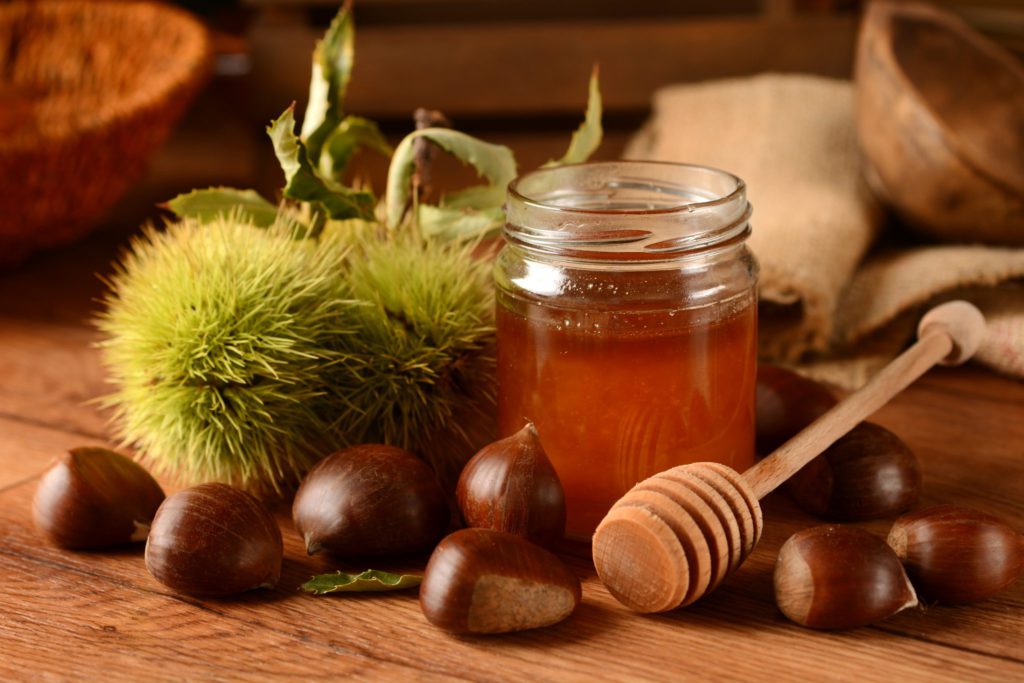
In principle, any of these plants is a good honey plant, but when it comes to chestnut honey, they usually mean a product obtained either from sowing (edible) chestnut, or from horse chestnut - the very one that is often used for landscaping streets.
A beneficial effect on human health of chestnut honey is an immunomodulatory and anti-inflammatory effect, but despite this, it is important to take into account the allergenic properties of the apiproduct and contraindications, including children under one year of age, diabetes mellitus, and obesity.
Content
The chemical composition and general beneficial properties of chestnut honey
This product has long been valued worldwide. It is used as a sweet treat, a natural preservative, it is used in cooking and cosmetology, drinks and medicines for various diseases are made from it. And there was a time when he even served as an exchange currency. But it would be a mistake to believe that all types of honey are equally useful and have identical characteristics.
The benefits and harms of different types of this product directly depend on the plant from which the bees collected pollen. The environment of all types of variant from chestnut is considered one of the most useful and richest in chemical composition, and its medicinal properties were known to mankind in ancient times.
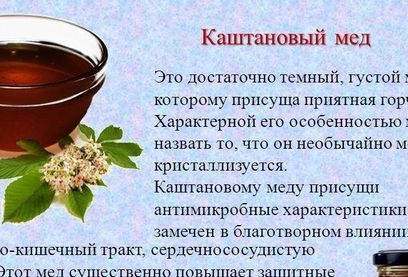
Chestnut delicacy is a high-calorie product with a rich chemical composition. 100 g of sweetness contains about 300 kcal, 81.5 g of carbohydrates, 0.8 g of protein, vitamins, minerals, etc.:
 You may be interested in:
You may be interested in:- Carbohydrates. This group of nutrients is presented mainly in the form of fructose, sucrose and glucose. Carbohydrates are primarily a source of energy. They are necessary for the proper functioning of the brain, increase tone, relieve fatigue, nourish muscles and promote the effective functioning of the liver. By the way, in terms of sucrose content, the chestnut product is superior to many other types of honey.
- Squirrels. This nutrient is the main building material for the human body. And although flower nectar is not the richest source of proteins and amino acids, it helps to partially restore their reserves in the body.
- Vitamins The vitamin composition is one of the main advantages of this treat.Chestnut honey is the most valuable vitamins of group B, antioxidant vitamins A and C, as well as vitamin K. Representatives of the B group are necessary for a person to maintain a normal nervous system, vitamin A is eye health, vitamin C is good immunity, vitamin K - correct blood coagulability.
- Minerals This product contains minerals that are vital to man. And this is copper, iron, calcium, magnesium, iodine. Each of these elements plays an important role in maintaining good health. So, iron is responsible for proper blood formation and energy metabolism. Copper is essential for the creation of red blood cells and certain hormones. Calcium is strong bones, magnesium is healthy muscles, iodine is the proper functioning of the thyroid gland. Interesting!By the way, this apiproduct has a dark color precisely because of the high concentration of micro and macro elements.
- Enzymes In honey, this group is represented by catalase, invertase, glucose oxidase and diastase - substances that are commonly called biological catalysts of various processes in a living organism. Catalase, for example, breaks down hydrogen peroxide, which appears as a result of oxidative processes in the body. Invertase is necessary for the breakdown of sucrose. Glucose oxidase protects against bacteria and fungi, and is also responsible for the characteristic taste of the product. Diastase helps break down starches.
- Pollen. Each type of honey of natural origin contains pollen. This is one of the characteristics that indicate a high quality product. For different species, this indicator is different. For example, in linden, according to standards, there should be 35% of pollen grains, in sunflower - 45%, and for chestnut the standard pollen fraction is not less than 86%.

The benefits of various types of pollen How is pollen useful? In fact, it serves as the main source of valuable components of honey. It is in it that the nucleic acids, phospholipids, amino acids, phenolic compounds, steroids, vitamins and minerals that the product is rich in are concentrated. She is also responsible for the main healing properties of the product.
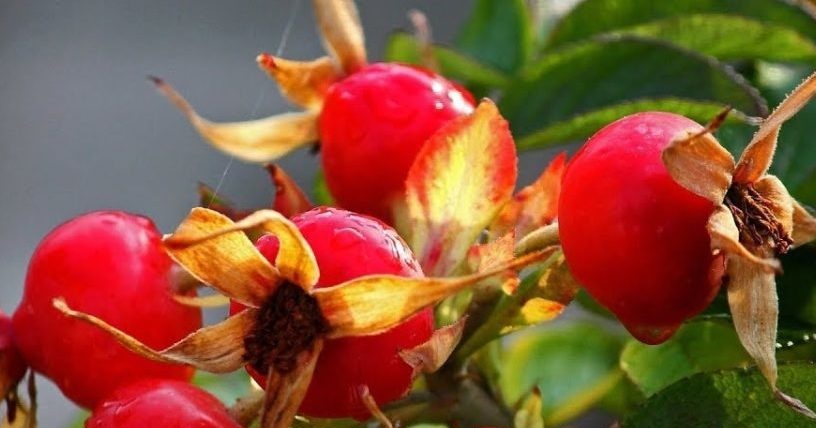 You may be interested in:
You may be interested in:The regular use of this variety can have a beneficial effect on all systems and organs of the human body. It has antiseptic, anti-inflammatory and bactericidal properties, improves the functioning of the digestive tract, cardiovascular system, and immunity.
Useful properties of honey from chestnut flowers:
- Due to the large amount of so-called fast carbohydrates (sucrose, fructose, glucose), it can be used as a natural energy drink.
- With hygroscopic properties, it dries out wounds and speeds up their healing.
- Stimulates the growth of healthy tissue at the site of damage.
- Acts on a person as a sedative.
- The rich composition of antioxidants protects the body from free radicals, prevents malignant transformation of cells, and creates a rejuvenating effect.
- Natural antibiotic.
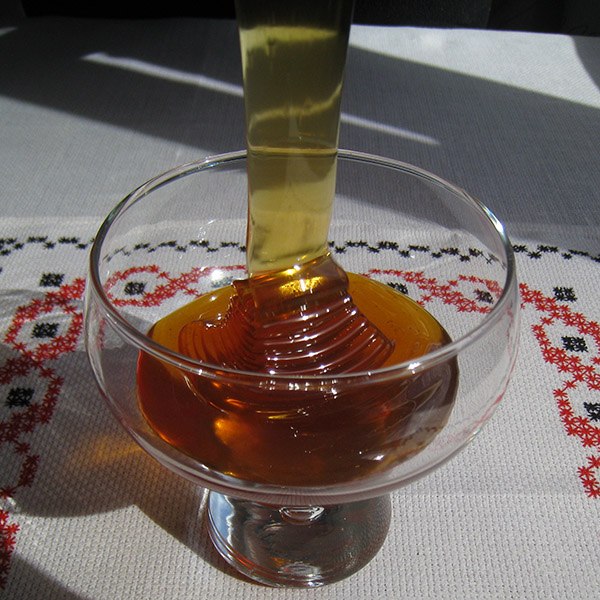
Helps treat respiratory problems. - It treats diseases of the genitourinary system caused by bacteria (cystitis, urethritis).
- It activates white blood cells, which enhances the protective functions of the body, helps it withstand viral diseases.
- Improves the state of blood vessels: makes them more durable and elastic.
- Lowers blood pressure.
- Prevents Anemia.
- Improves eyesight.
- Eliminates the effects of poisoning.
- Eliminates diarrhea.
- Promotes the outflow of bile.
- Accelerates fat metabolism.
- Relieves the effects of stress.
- Promotes healthy sleep.
Distinctive features
The flowering period of chestnuts in our latitudes is short - usually up to 3 weeks. The distribution area of these plants is very limited.And to get pure honey from chestnuts without an admixture of nectar of other colors is quite difficult. All these factors make a real chestnut treat a rather rare product. Therefore, its cost significantly exceeds the prices for linden, meadow and other varieties.
What it looks and what it tastes like
The type and taste of honey depends on which variety of chestnuts nectar was collected from:
- The horse chestnut product is liquid, transparent and almost colorless. He is less popular.
- The demand for a product from edible chestnuts is much higher. This is what they usually mean when they talk about chestnut natural honey. So, this variety is recognized by its rich dark brown color and a very light, subtle floral aroma.
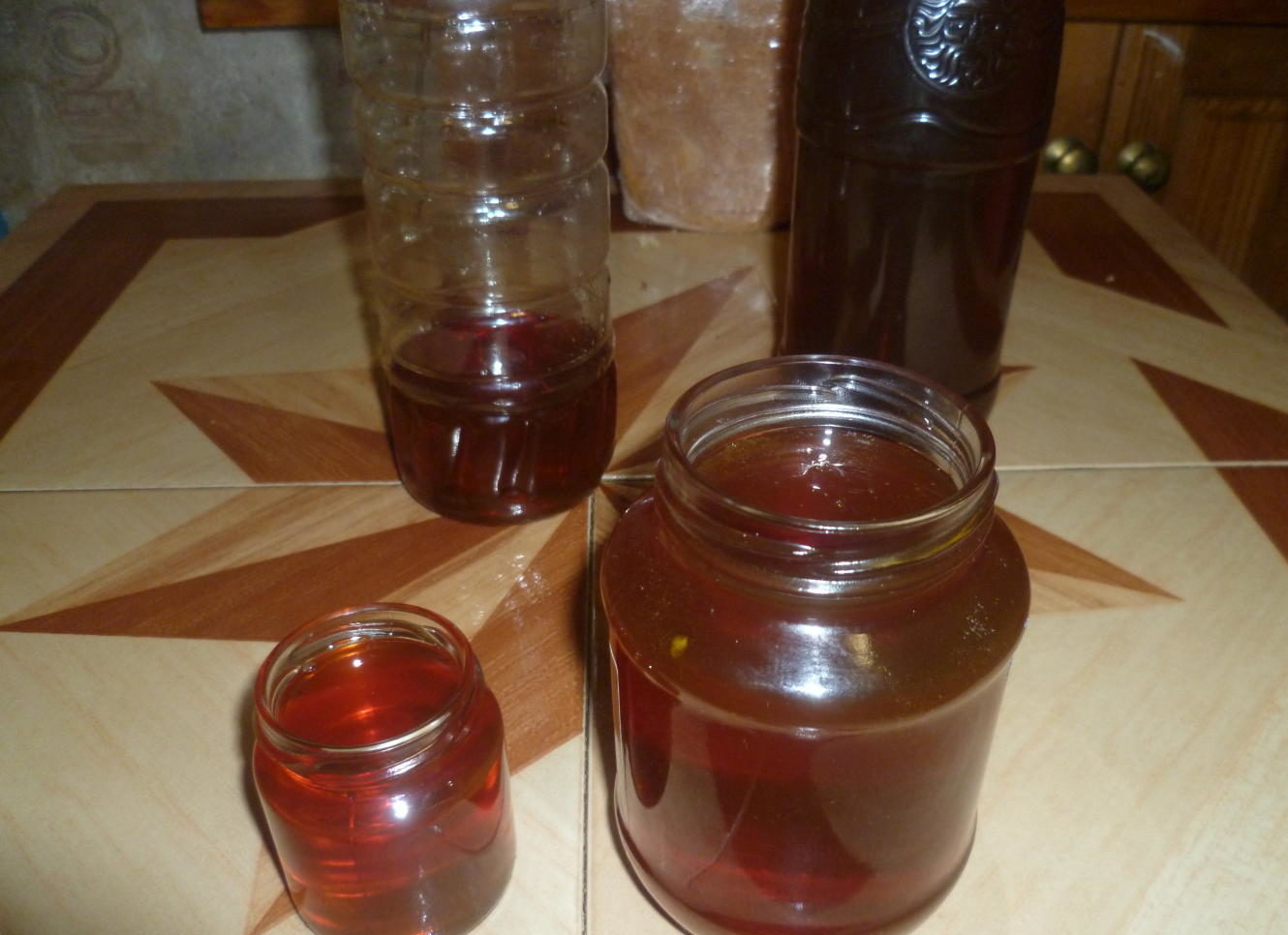
There can be many reasons for this: the type of chestnut tree and the soil on which it grows, ecology, weather conditions, and even the breed of bees that collected nectar. By the way, if during the flowering period of the tree there is little rainfall, then the honey from its flowers is more saturated. And the darker the color of sweetness, the brighter its flavor.
But the main difference is the specific taste. It is tartly sharp with a noticeable bitterness and a light nutty aftertaste. This characteristic repels lovers of “traditional” honey from the product, but it is it that makes chestnut nectar one of the favorite among French gourmets. Interestingly, the characteristic bitterness does not appear immediately, but 1-2 minutes after the product enters the mouth.
Where to collect in Russia
Most chestnuts are lovers of a warm and humid climate. Therefore, the delicacy of them is produced mainly in warm regions. As for Europe, Spain, Italy and France are considered leaders in the collection of delicacies. It is from these regions that goods are exported to most other countries. In Russia, chestnut honey is collected mainly in the Krasnodar Territory (Adygea) and Altai, in the Kuban, in the Crimea. In addition, this valuable product is produced in some regions of the Caucasus and Ukraine.
How to identify a fake
Buyers who do not have the necessary knowledge about beekeeping products can easily become victims of scams. Defining a fake among a huge number of honey products on the market is not an easy task. By inexperience, artificial nectar can be mistaken for natural. But the fake on the taste is usually sweet-cloying and completely devoid of the characteristic honey smell.
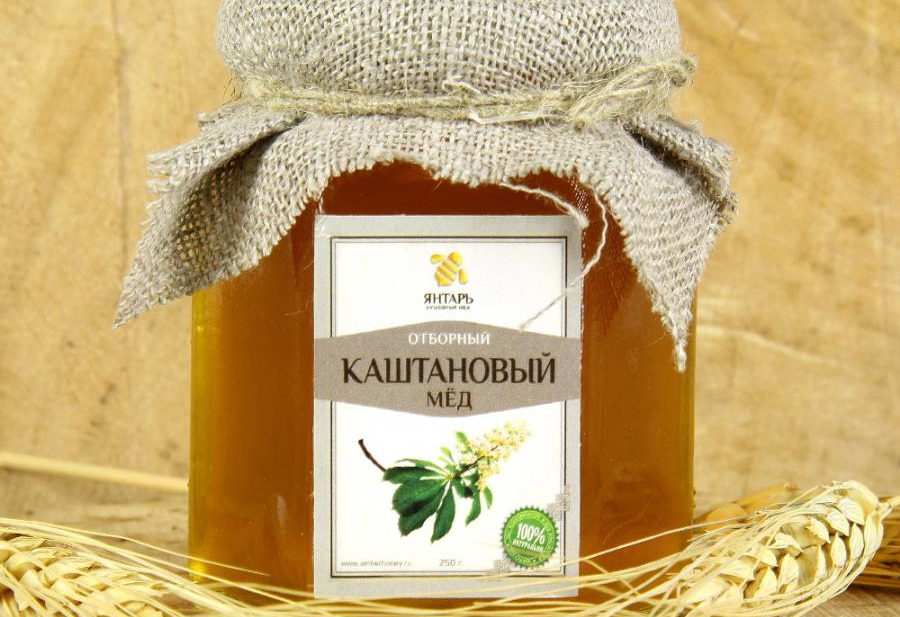
So, in order not to make a mistake with the choice, you must remember the following - chestnut natural honey:
- dark color;
- liquid, but rather viscous;
- in comparison with light grades of natural nectar more dense;
- has a bitter taste;
- should not have a taste of burnt sugar or caramel.
To determine if a bee’s product is natural or counterfeit, you need to collect a small amount of it on a spoon or wooden stick and let it drain into a container with the rest of the sweetness. If the substance immediately spreads out - before you is a fake.
Sometimes under the guise of a chestnut variety, unscrupulous sellers try to realize a very useful, but not so expensive buckwheat product.Outwardly, both of them are very similar, but there is no characteristic bitterness in the product from buckwheat. The best way to protect yourself from buying a counterfeit product is to ask the seller for a certificate confirming the quality of the product and a transcript of its chemical composition.
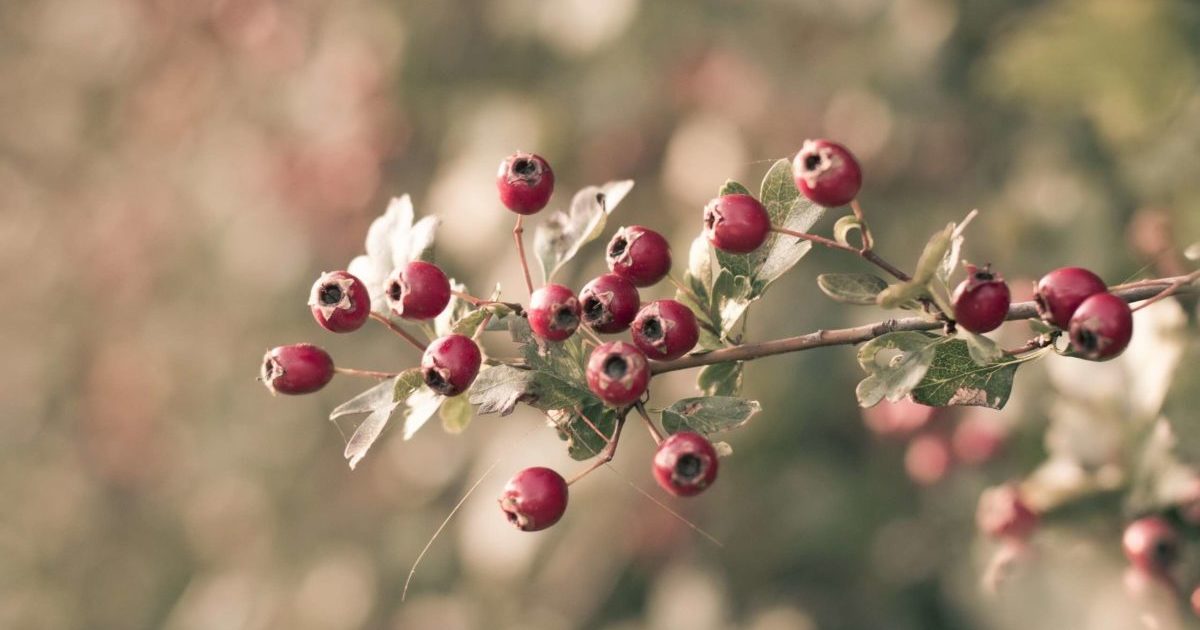 You may be interested in:
You may be interested in:Does this honey crystallize
Honey obtained from horse chestnut flowers crystallizes very quickly. Therefore, experts do not recommend leaving it as food for wintering bees. Another thing is the product of edible chestnut. If stored under the right conditions (in glass containers, in the dark, at room temperature), it may remain liquid for several seasons. Over time, the contents may slightly thicken, but it will not turn into a crystalline consistency.
The main contraindications and the harm of chestnut honey to the body
Honey is generally safe for most adults and children over 1 year old. But in some cases, this sweetness should be abandoned or used with great caution:
- First of all, we are talking about kids. In addition to its beneficial components, honey contains a toxin that can cause botulism. The amount of this substance in the product is so small that it cannot harm an adult healthy person. However, this microscopic amount of toxin can harm babies. Therefore, for babies under 1 year old, this sweet is strictly prohibited.
- This is primarily a high-calorie sweet, containing a large number of simple sugars. For this reason, people with diabetes should use the product with extreme caution, preferably after consulting an endocrinologist. Important!Ignoring this rule can cause a sharp and strong increase in blood sugar, up to hyperglycemic coma.
- Despite the fact that honey is much healthier than refined sugar, it should not be carried away by people who are obese or prone to being overweight. In addition, recent studies show that abuse of sweets in any form causes insulin resistance (diabetes can occur over time), problems with the health of the liver and cardiovascular system. Excessive consumption of simple sugars, according to scientists, can also cause depression, dementia and even some types of cancer.
- Due to the presence of pollen in the product, any kind of honey is a strong allergen. And this is the main explanation why it is contraindicated for people prone to allergies.
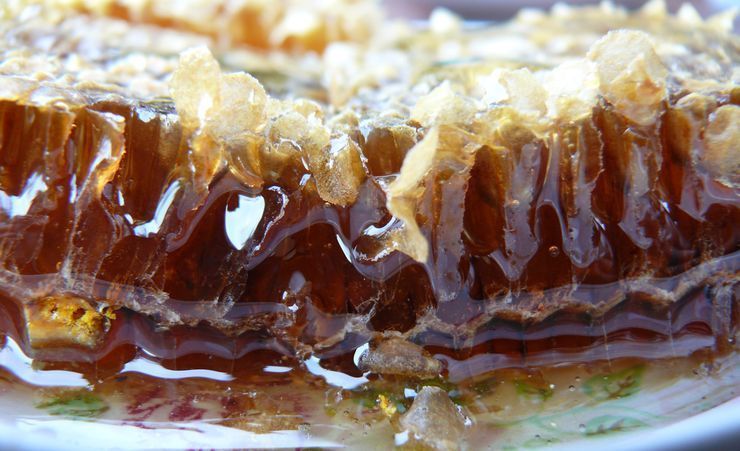
Also, due to the ability to cause an allergic reaction, chestnut delicacy is not recommended for children under 3 years of age. - Do not abuse floral nectar for pregnant women and nursing mothers. Although in most cases this sweetness does not cause side effects, it is better to limit the amount of honey in the diet to avoid potential dangers during pregnancy and breastfeeding.
How to take chestnut honey with apitherapy
The idea of using honey as a natural medicine is not new. Mankind has been using this miracle product to treat various diseases for almost 5 thousand years. And, most interestingly, modern science finds many facts confirming the therapeutic effect of nectar. But for the period of medical therapy, experts strongly recommend abandoning the use of alcohol and smoking.
Norm per day for a healthy person
If there are no contraindications, then the product can be used as a healthy sweet, which helps to strengthen the immune system and prevent many diseases. As a prophylaxis for healthy people, 1 teaspoon can be consumed daily. honey.
But to obtain a stable therapeutic effect, experts advise to eat at least 60 g of chestnut nectar daily. This is quite enough to replenish the body's supply of useful substances. By the way, it is advisable for a modern person who spends a lot of time at the computer to consume carrot juice daily with the addition of honey. Such a drink will protect the eyes.
With cough and bronchitis
Even the World Health Organization recommends honey as a natural cough medicine. Back in 2007, researchers from Pennsylvania (USA) proved that it relieves coughing at night, and also helps treat upper respiratory tract infections. For the treatment of colds, cough and bronchitis, it is useful to take ginger-honey medicine.
Sweetness and fresh ginger juice are mixed in equal proportions and take 2 tsp. in a day. Also, traditional healers for the treatment of a strong cough are advised to drink a mixture of honey and radish juice, taken in a ratio of 1: 2. Such a medicine can be taken in 2 tablespoons every hour.
From sore throat
The antiseptic, anti-inflammatory and general strengthening properties of this apiproduct in alternative and traditional medicine are used to treat tonsillitis. This delicacy is able to neutralize streptococci and eliminate even advanced purulent tonsillitis. To relieve a sore throat, traditional healers advise rinsing with honey water.

If you can’t rinse your throat, you can simply dissolve a small amount of honey. But this must be done correctly. To achieve the effect, a treat should be taken several times a day for 1 tsp. Do not swallow the product immediately. You should hold it in your mouth until completely dissolved, and then, without washing it down, swallow, so that a film is created on the back of the throat.
For the treatment of wounds
Ancient Egyptians used honey as a medicine to treat wounds. It is useful for healing for several reasons. Firstly, it has antiseptic activity, which means that it disinfects the site of damage. Secondly, it dries the wound and accelerates the restoration of damaged tissues.
From varicose veins
To prevent varicose veins, it is enough to eat 2 small tablespoons of honey, for example, chestnut variety, daily. If the vascular network is already noticeable and the disease is progressing, then sweet compresses will help. All that is needed for the treatment is to spread the areas with varicose veins with chestnut nectar (as an option: a mixture of butter and sweets taken in a 1: 3 ratio), wrap a gauze bandage and a plastic wrap on top. Such procedures are best done at night. This medicine helps to cope even with stage 4 varicose veins.
From pressure
Honey also helps maintain normal blood pressure, in particular, lowers blood pressure. However, hypotension (people with low blood pressure) is not contraindicated for this sweetness. On the contrary, in moderation, it acts as a tonic, improves blood circulation and eliminates weakness.
To prevent hypertension, herbalists are advised to consume 2 teaspoons of nectar daily mixed with 1 teaspoon of garlic juice. A mixture of chestnut delicacies and ground blackcurrant well knocks down a high blood pressure.For 500 g of fresh berries, you need 5 tablespoons of honey. Take this medicine should be 1 tablespoon three times a day for 30 days.
In cosmetology
Beekeeping products have been successfully used in cosmetology for centuries. Chestnut nectar is good for skin and hair:
- For face. Honey water is used to cleanse the skin of the face. Nectar in combination with chopped almonds is used as a scrub.

Honey masks moisturize the skin, make it smoother and softer, help treat acne and blackheads, and also heal cracks on the lips. - For body. In beauty salons, honey massages are very popular. In particular, this procedure is very effective for the treatment of cellulite.
- For hair. To strengthen the hair and make it more shiny, it is useful to rinse it with water, in which a small amount of honey is added (about 1 tsp. To 1 liter of warm water). To strengthen hair, a mask of chestnut nectar and olive oil, taken in equal volumes, is suitable.
Common questions
The second - heather, padevy, the product of umbrella plants and chestnut. The latter fell into this group due to the characteristic bitter taste. Nevertheless, this does not mean at all that this product is less valuable in terms of useful properties, and it costs more than some top-notch ones.
On the contrary, nutritionists advise each morning on an empty stomach to drink a glass of warm water in which 1 dessert spoon of honey and 1 teaspoon of lemon juice were diluted. Firstly, such a drink will protect against vitamin deficiency and mineral deficiency on a strict diet. Secondly, honey and lemon help to quickly remove toxins from the body. Thirdly, the delicacy promotes the breakdown of subcutaneous fat. That is, a small amount of natural honey when losing weight will only be beneficial.
When used consciously, honey from chestnut flowers is not only a tasty treat, but also an excellent natural medicine. And finally, another interesting fact: experts found that if the beehive with a weakened bee family is transferred to the place where the chestnuts grow, the insects quickly recover, become more resilient and energetic. The product has a similar effect on people who use it.


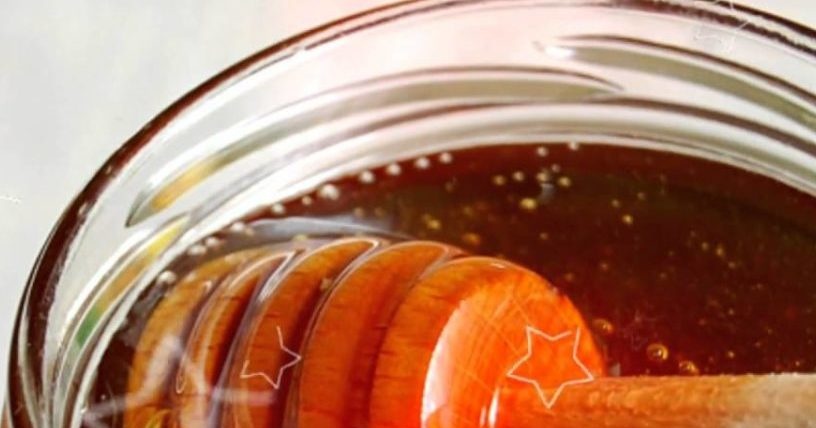
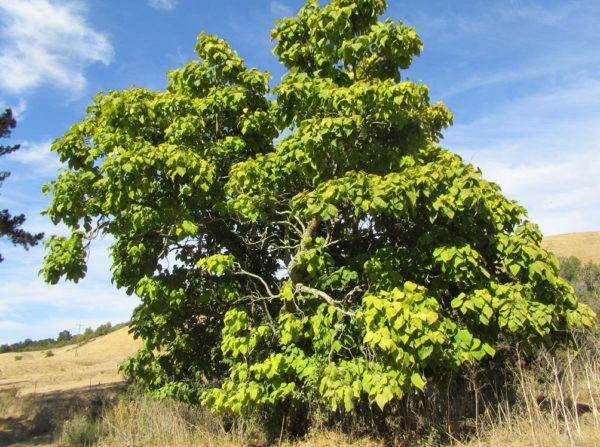
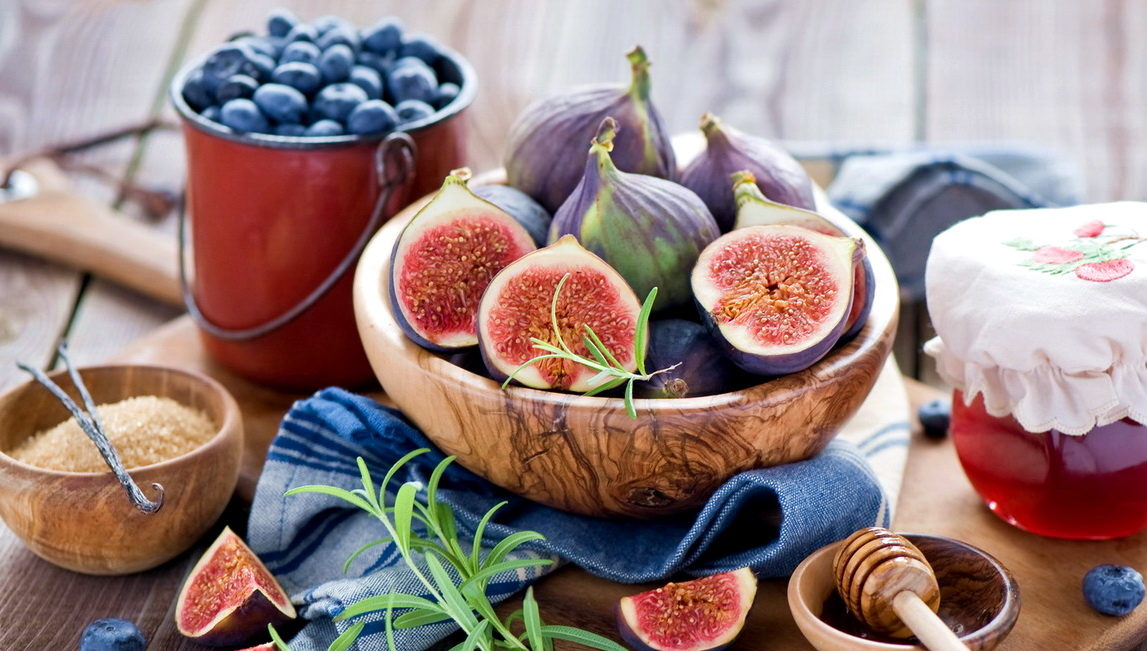
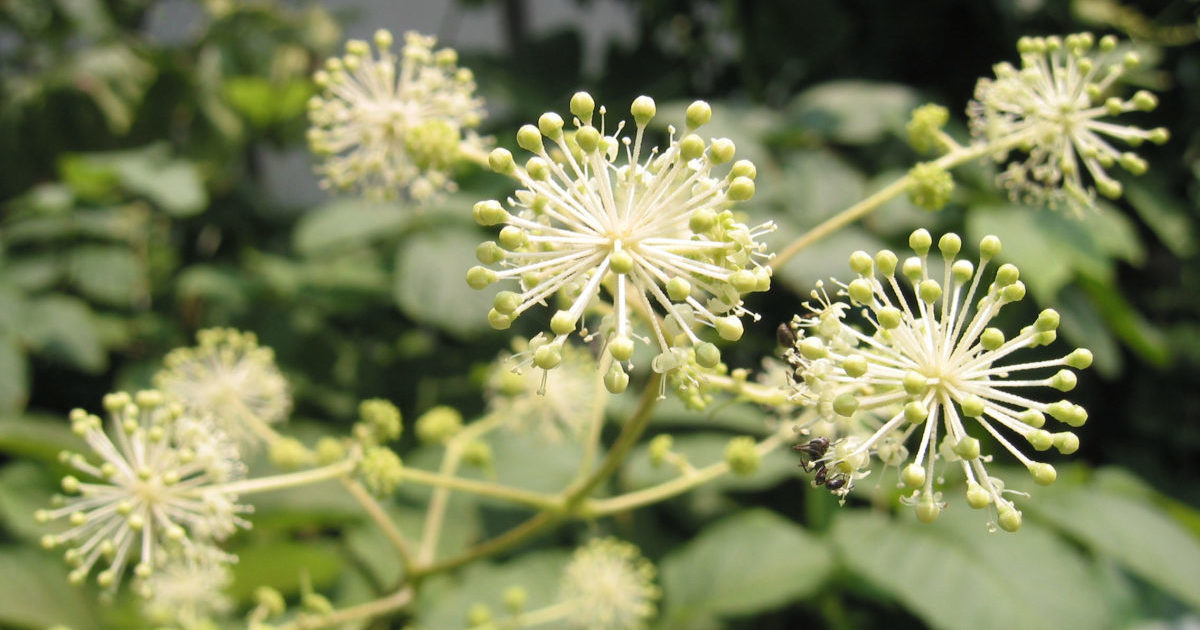 Aralia Manchurian - medicinal properties and contraindications, the use of tinctures in bodybuilding
Aralia Manchurian - medicinal properties and contraindications, the use of tinctures in bodybuilding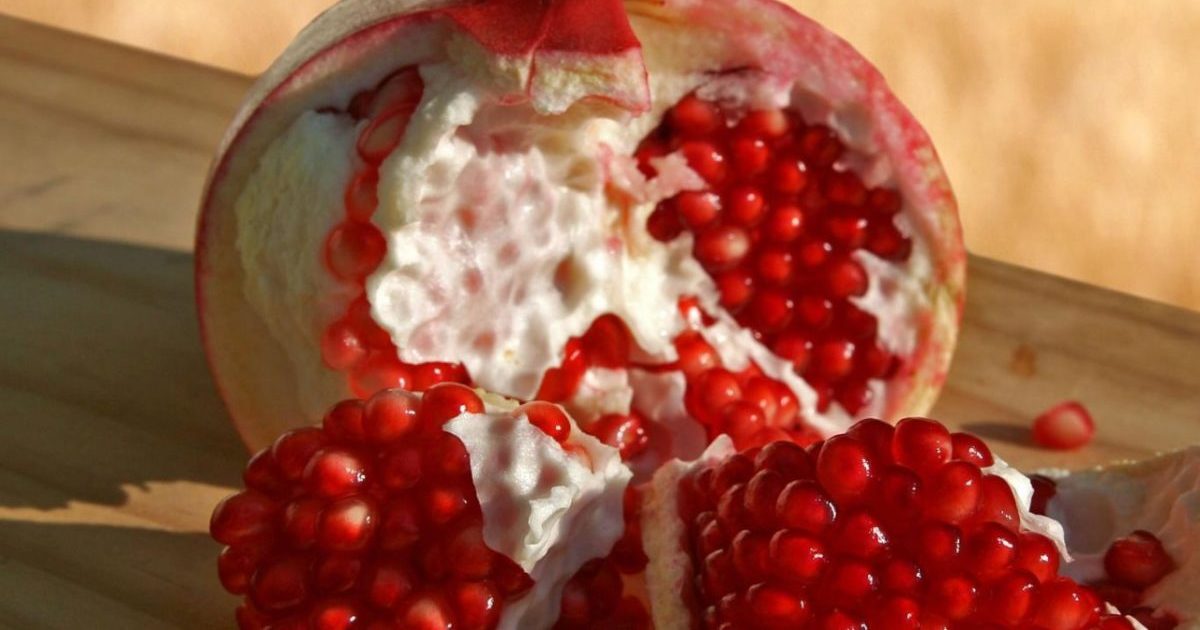 Seedless pomegranate - cutaway appearance, benefits and harms
Seedless pomegranate - cutaway appearance, benefits and harms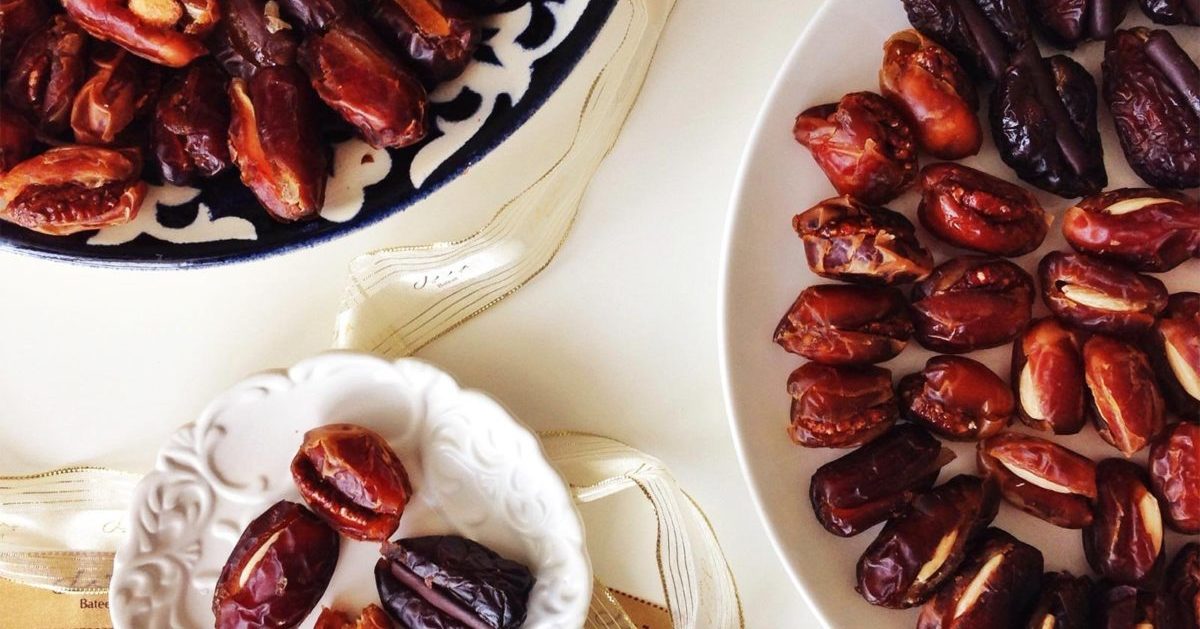 Dates - the benefits and harm to the body, how much you need to eat, properties and calorie content
Dates - the benefits and harm to the body, how much you need to eat, properties and calorie content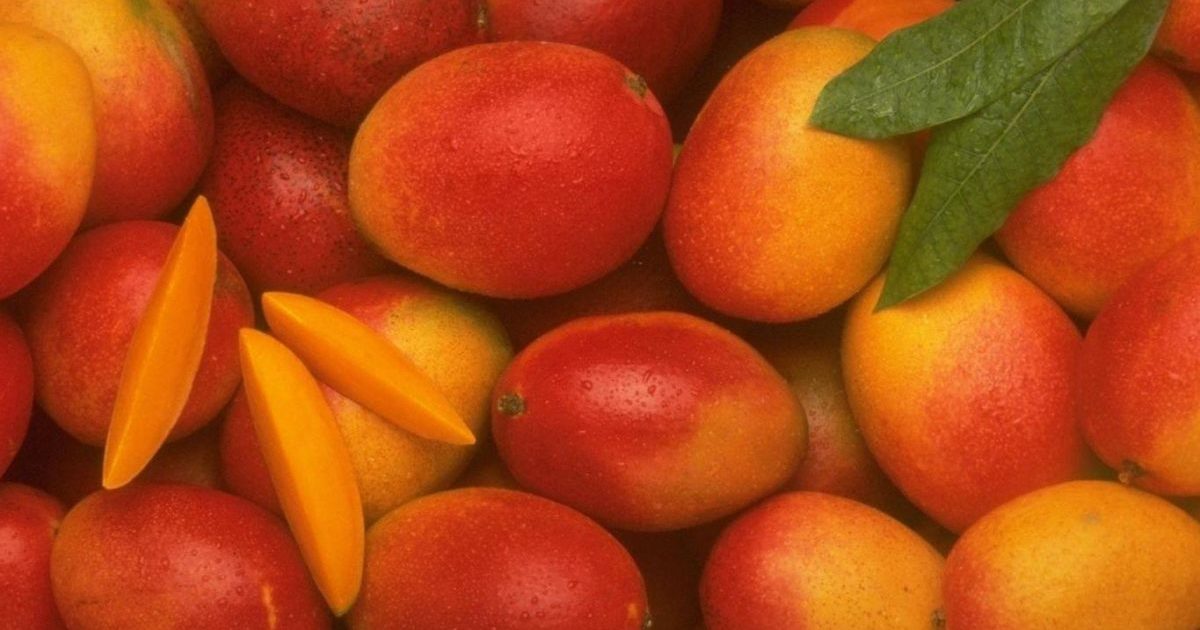 The benefits and harms of mango for the body of women and men - how to eat it?
The benefits and harms of mango for the body of women and men - how to eat it?